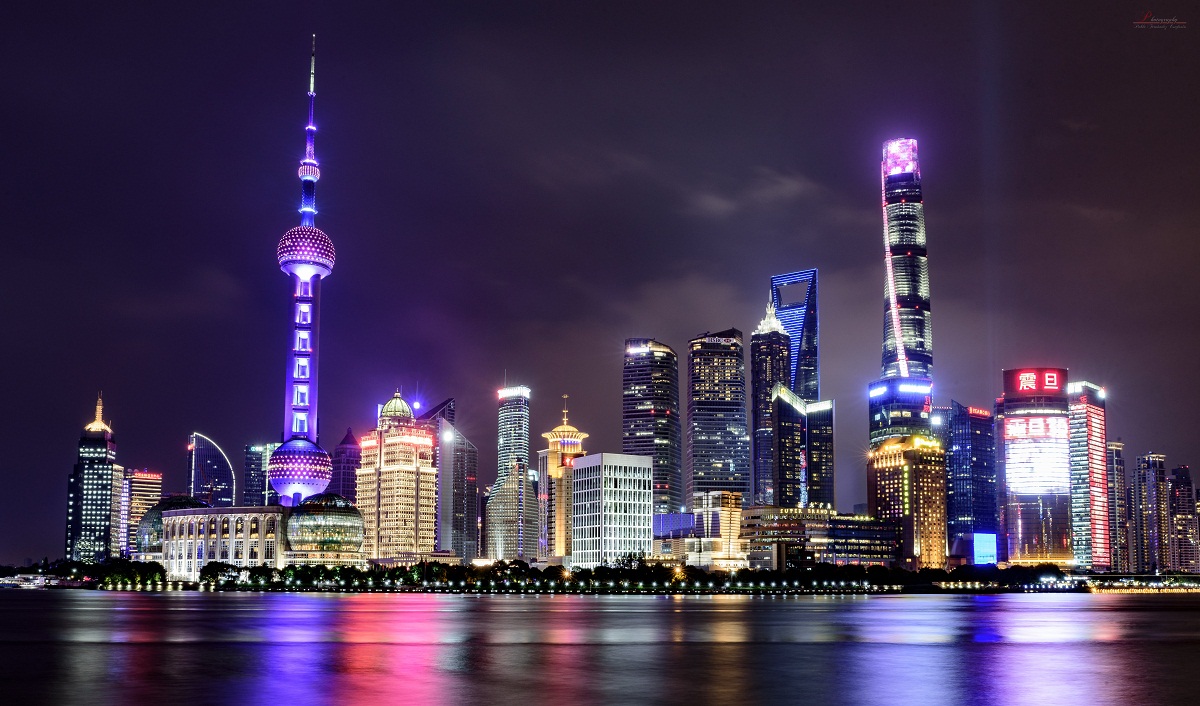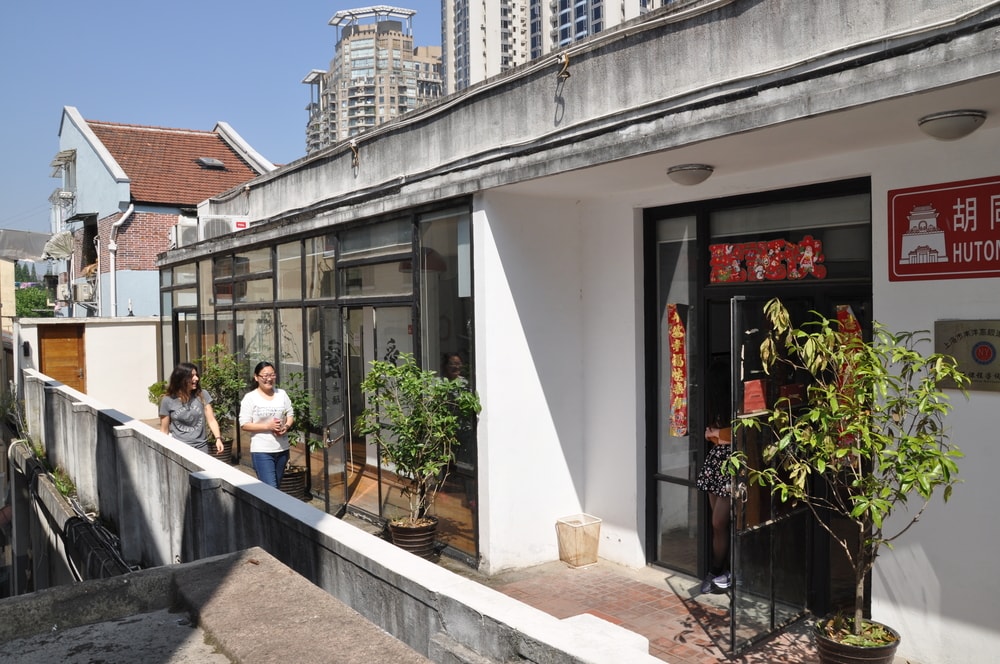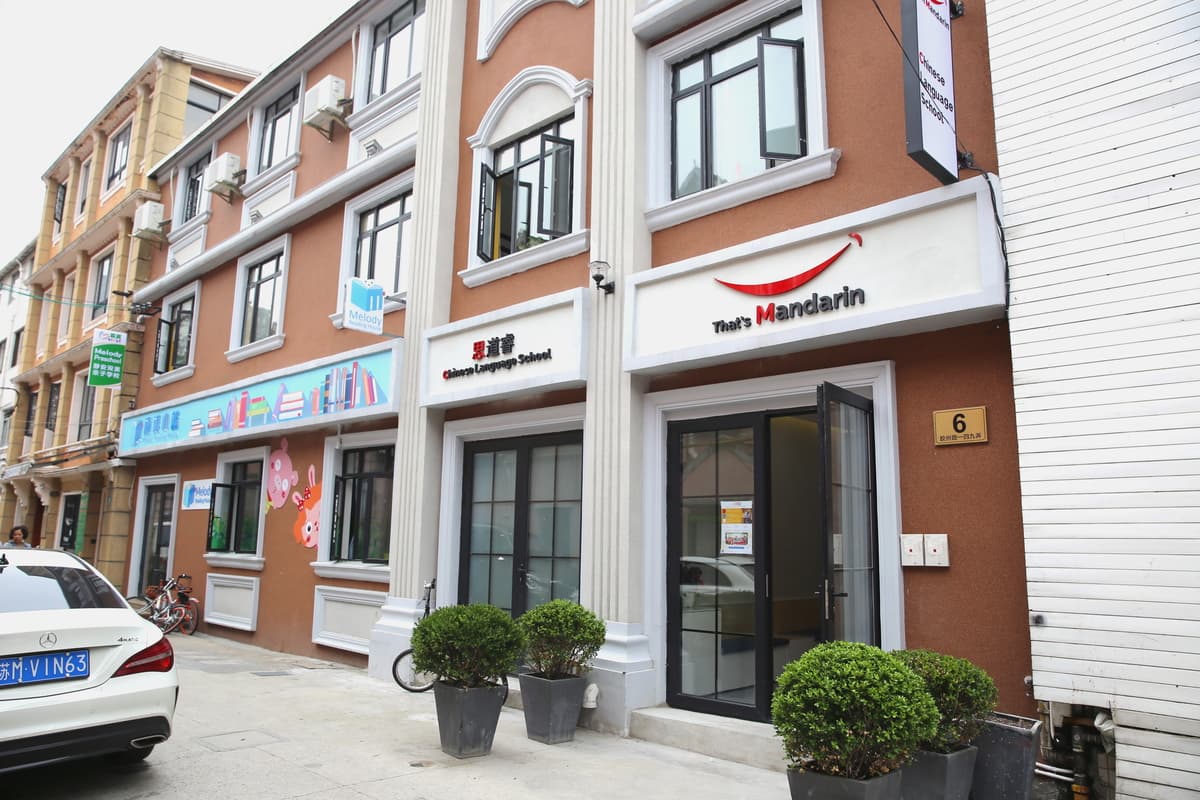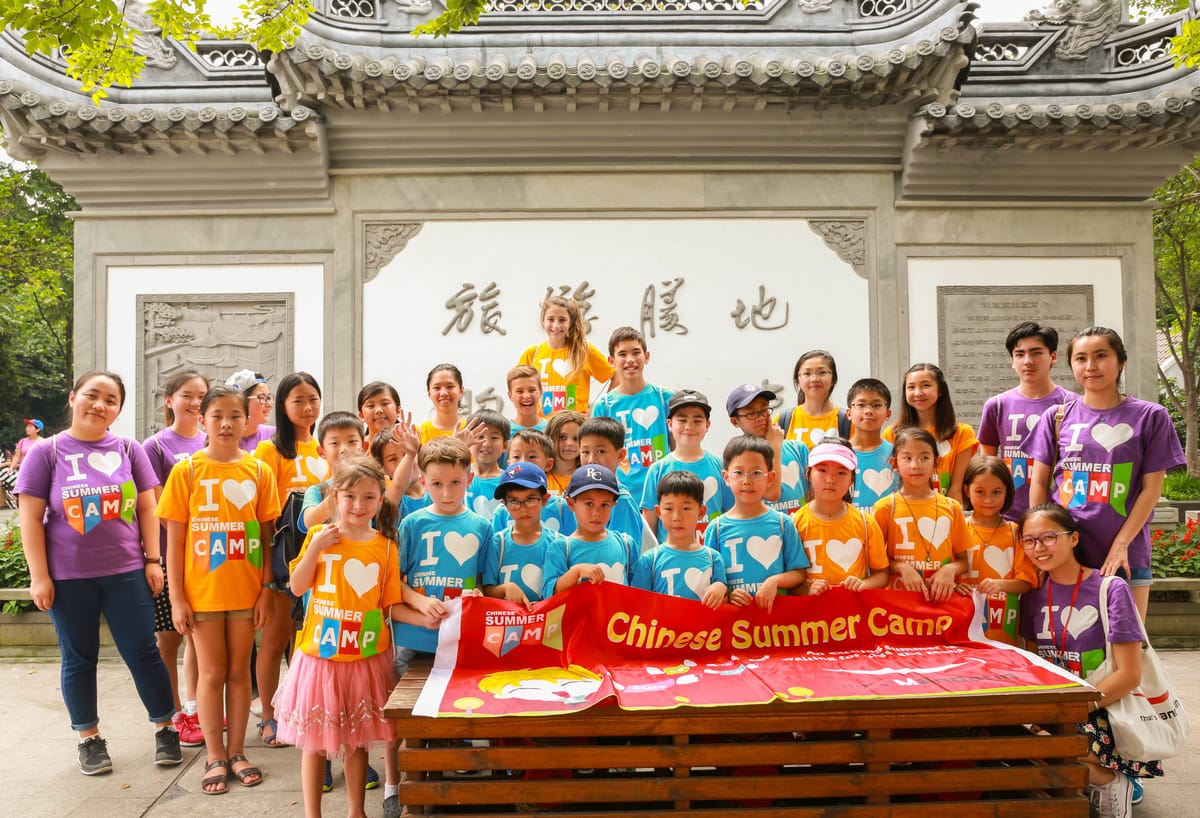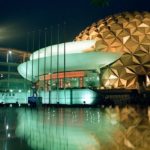Overview
Shanghai, Hu for short, is a renowned international metropolis drawing more and more attention from all over the world. Situated on the estuary of Yangtze River, it serves as the most influential economic, financial, international trade, and cultural center in East China. It is also a popular travel destination for visitors to sense the pulsating development of the country.
In addition to its modernization, the city’s multicultural flair endows it with a unique glamour. Here, one finds the perfect blend of cultures, the modern and the traditional, and the Eastern and the Western. New skyscrapers and old Shikumen together draw the skyline of the city. Western customs and Chinese traditions intertwine and form the city’s culture, making a visitor’s stay memorable.
Why study Chinese in Shanghai?
Shanghai’s status as a global financial center and a world cosmopolitan city is one of the main factors for international students to choose it as their preferred destination for study. Studying in Shanghai gives students a chance to experience its uniqueness, culture, and history, where western culture meets traditional Chinese culture. Shanghai is the home of Haipai culture, the “Shanghai style” that had a significant effect on modern Chinese society. They will find western architecture along Nanjing Lu (Road), the Guangming Grand Theater and Paramount Dance Hall. And, there are many museums and art galleries with both Chinese and international exhibitions and collections, many of them with good student discounts. There is a rich range of art and culture in Shanghai from live music to theatre to visual arts. Shanghai is a city of juxtaposition of old and new. The city’s past includes sectors once operated as international concessions. At first glance, it is a city of mass skyscrapers and bustling industry. Look beyond, and it is possible to see the past still lingering. While studying abroad in Shanghai, the city’s famous xiaolongbao, those delicious dumplings with a splash of soup inside is a must try. Visitors can find some great international food including, Japanese, Vietnamese and delights of the former French Concession.
The center of Shanghai is super walkable–every part of it is close and connected. Walking is definitely the best way to get to know the city and to find a new favorite restaurant or park. The elderly population of Shanghai tend to spend a lot of time in them; at anytime of day, they will be playing mahjong, singing karaoke, or practicing tai chi. Students who want to improve their Mandarin can definitely do that there. They can make Chinese friends, haggle at the market, speak to the fruit stand lady in Mandarin.
Language Schools and Camps in this Destination
In Shanghai, Marshall Language Services works with the following Chinese language schools:
- LTL (Live the Language) Shanghai
- Mandarin House Shanghai
Images of Shanghai, China
Things to Do and See During a Vacation Study
Take a ride on the Maglev — the world’s fastest train
A ride in the Maglev train from Pudong Airport to the city center is a perfect way to feel super-modern Shanghai. At 431 kph (270 mph, twice the speed of a theme park roller coaster), this air-conditioned, super-clean, magnetically-levitated train covers 30 km (19 miles) in only 8 minutes, though you hardly feel you’re moving! Visit the Maglev Museum to understand the engineering feat and its history.
Cruise along Huangpu River on your way to The Bund
Strolling along The Bund is one of the things you should never miss when on a tour to Shanghai. It is a waterfront and historic area which centers on a section of Zhongshan Road within the former Shanghai International Settlement, which runs along the western bank of the Huangpu River in the eastern part of Huangpu District. It faces the modern skyscrapers of Lujiazui in the Pudong District. The Bund usually refers to the buildings and wharves on this section of the road. A boat or ferry cruise is the most recommended method of exploring The Bund.
Enjoy exhibits at Shanghai Museum
Located on the People’s Square near Nanjing Road, it was the old Shanghai racetrack’s clubhouse and now exhibits a mixture of art from around the world. The Shanghai Museum hosts a large collection of rare cultural relics — over 120,000 pieces. An example of artifacts include over 400 beautifully decorated bronzes. Shanghai Urban Planning Exhibition Hall is a great visit if you want to learn about modern Shanghai and see what the city will look like in 2020.
Enjoy green spaces at Yuyuan Garden
Not far from the Bund, Yuyuan, or “happy garden,” is the most revered and the only surviving Ming Dynasty garden in Shanghai. It has become a city highlight due to its beautiful scenery, characterized by ponds, decorated bridges, colorful pagodas and intimate enclaves separated by “dragon walls” — partitions with dragon decorations on top. The magic Exquisite Jade Rock, said to have been one of Song Emperor Huizong’s private collection, is definitely worth seeing.
Bird’s-eye view the city from the World Financial
The fifth tallest building in the world competes with the Oriental Pearl TV Tower for greatest elevated views in the Shanghai metropolitan. Although you can view the scenery from various floors, make sure to go to the world’s highest observatory — The Sky Walk — on the 100th floor where you can see the Chinese metropolis from 474m (1,555 feet) above the ground. Witnessing sunset/sunrise from this observatory is recommended.
Have Fun at Disneyland Park
Shanghai Disneyland Park is the first Disney theme park in mainland China, which blends the magic of Disney and unique cultural elements of China. There are six themed lands in the park. On entering the park, you will be captured by the feeling of being in another world with countless excitement and adventures. It is a good place to visit with family and friends.
Sit inside a revolving restaurant at The Oriental Pearl TV Tower
Not only do you get to enjoy sitting inside a revolving hotel in this revered and outstanding land mark, but you also get to see Shanghai metropolis from a “Space Module” — the highest observatory level set at 350 meters (1,148 feet) above the ground. The attractive building has 3 legs, 11 spheres and 15 observatory levels. Get to know the city via the various artifacts exhibited at the Shanghai Municipal History Museum located in this building.
Watch performances at Shanghai Circus World
Tourists enjoy a variety of domestic and international live performances — dances, music competitions, shows and acrobatics at this venue. Examples of lively animal performances featured in the Happy Circus World include performances by sea lions. Another performance is cockfighting. China’s modern achievements such as the first manned space mission ship and the Maglev Train are also exhibited.
Stroll around in a Watertown — Zhujiajiao
One of the best places to escape the chaos of the city is a nearby watertown with well preserved streets and shops, which adorn the canal and river systems. While there, visitors can relax, stroll the areas, crossing their delightful bridges or try a canal boat ride. One notable feature is the Fangsheng Bridge — the largest arch bridge in Shanghai. This is a small taste of a lifestyle from a past era in China. A tourist favorite, because it’s so accessible from Shanghai, is Zhujiajiao. Nanxun is a calmer one with its charming, rustic streets and peaceful lotus garden.
Walk and Shop along Nanjing Road
Famous Nanjing Road is an equivalent of New York’s Fifth Avenue and the main shopping area of the city. Get a taste of bustling Chinese commerce where retailers from all over the world display their products on streets. Tourists admire the different buildings with attractive architecture, including the historic Suzhou Creek with the Astor House Hotel where President Grant, Charlie Chaplin and others stayed, the famous Peace and Park hotels and the Shanghai Hotel (the first foreigner focused hotel which opened in 1949 when the People’s Republic of China was founded).Looking down is also interesting: learn the city’s construction history from the attractive 37 Manhole Covers. Nanjing Road features historic Chinese sculptures at the “Golden Belt.”
China Art Museum
It is Asia’s largest art museum, it contains exhibits of Chinese modern art from the late Qing dynasty to 1980.
Power Station of Art
China’s first state-run contemporary art museum which host mainly Chinese contemporary art from 1980 to present.
ShanghART
It is one of China’s most influential galleries that features both Chinese and international artists.
M50
It is a complex build in a set of old warehouses that have turned into the hub of the city’s modern art movement.
Song Fang Maison de Thé
It is a converted French Concession lane house, a sunny space with a winding wooden staircase, vintage decor and jazz in the background. It specializes in the finest quality Chinese and French teas
There are plenty of places for al-fresco dining in Tianzifang when the weather is nice.
Xintiandi
Xintiandi is a mix of both upmarket, chic, trendy and includes restaurants with spectacular views on the Bund.
How to Arrive at your Language Course
By Air
Shanghai has two main airports, with Pudong the main international gateway and Hongqiao serving mostly domestic flights but also some international destinations in Asia.
Pudong International Airport: located in Pudong New District, about 18.6 miles (30 kilometers) from downtown area and about 24.9 miles (40 kilometers) from Hongqiao International Airport. Visitors can reach the airport by Shuttle, Subway, Train or Taxi.
Hongqiao International Airport: located in the western outskirts of the city, about 8 miles (13 kilometers) from downtown area and about 37 miles (60 kilometers) from Pudong International Airport. Visitors can reach the airport by Shuttle, Subway or Taxi.
By Train
The railway network provides visitors with an inexpensive and comfortable way to get to the city. Jinghu (Beijing-Shanghai), Huning (Shangha- Nanjing) and Huhang (Shanghai-Hangzhou) High Speed Railways pass through Shanghai and connect its three main railway stations with cities all over the country. Visitors can also take advantage of tourist trains and special ‘Holiday Trains’ to scenic areas in other provinces such as Mt. Huangshan in Anhui and Mt. Wuyishan in Fujian.
By Coach and Subway
Long-distance buses are also convenient. Four national highways and four expressways pass through the city.
Fourteen subway lines have connections all over the city, with stops at or nearby the main attractions and commercial areas.
More general travel information is available here.
